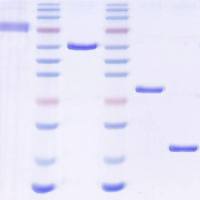Mammalian target of rapamycin (mTOR) is an evolutionarily conserved kinase that integrates signals from nutrients and growth factors for the coordinate regulation of many cellular processes, including proliferation and cell death. Constitutive mTOR signaling characterizes multiple human malignancies, and pharmacological inhibitors of mTOR such as the immunosuppressant rapamycin and some of its nonimmunosuppressive derivatives not only have been ascribed with promising anticancer properties in vitro and in vivo but are also being extensively evaluated in clinical trials. mTOR inhibition rapidly leads to the activation of autophagy, which most often exerts prosurvival effects, although in some cases it accompanies cell death. Thus, depending on the specific experimental setting (cell type, concentration, stimulation time, and presence of concurrent stimuli), rapamycin can activate/favor a wide spectrum of cellular responses/phenotypes, ranging from adaptation to stress and survival to cell death. The (at least partial) overlap among the biochemical and morphological responses triggered by rapamycin considerably complicates the study of cell death-associated variables. Moreover, rapamycin presumably triggers acute cell death mainly via off-target mechanisms. Here, we describe a set of assays that can be employed for the routine quantification of rapamycin-induced cell death in vitro, as well as a set of guidelines that should be applied for their correct interpretation.






